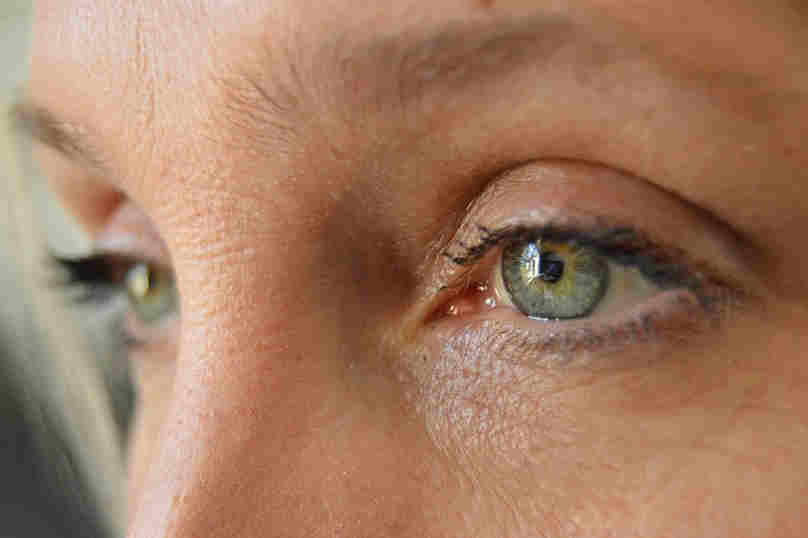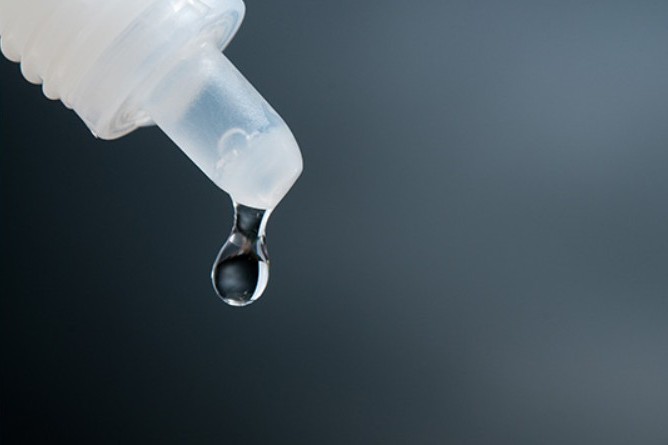New floppy eye treatment
Researchers at Queensland Eye Institute (QEI) have developed a new treatment for floppy eyelid syndrome (FES), a condition related to obstructive sleep apnea – a sleeping disorder characterized by paused or shallow breathing during sleep.
“When the tarsal plate, was soaked in a vitamin B2 solutions then exposed to UV light, the tissue became consistently stiffer” – says Professor Traian Chirila, Chief Scientist at QEI. “This process can prevent further degeneration in the eyelid and the advancement of FES” – Professor Chirila continues. The next stage in the development of this new technique is to trial it on human eyelid tissue.
FES is caused by the changes in the structure and organization of the connective tissue that forms the rigid part of the eyelid, known as the tarsal plate. “FES can cause eye irritation, inflammation, and eyelid sagging, and may become a blinding condition if not treated” - says Dr Tai Smith, QEI’s oculoplastic surgeon and the originator of the project.
The presence of FES is associated with obstructive sleep apnea, a potentially serious condition that can lead to an increase in the risk of heart attack or stroke, as well as glaucoma. The symptoms of FES are currently managed by using eye shields and ointment during sleep or surgical procedures, but recurrence of symptoms are common. If left untreated, FES can lead to vision loss.
The eye condition is now one step closer to having a treatment strategy, after researchers at QEI have developed a successful new technique.


























